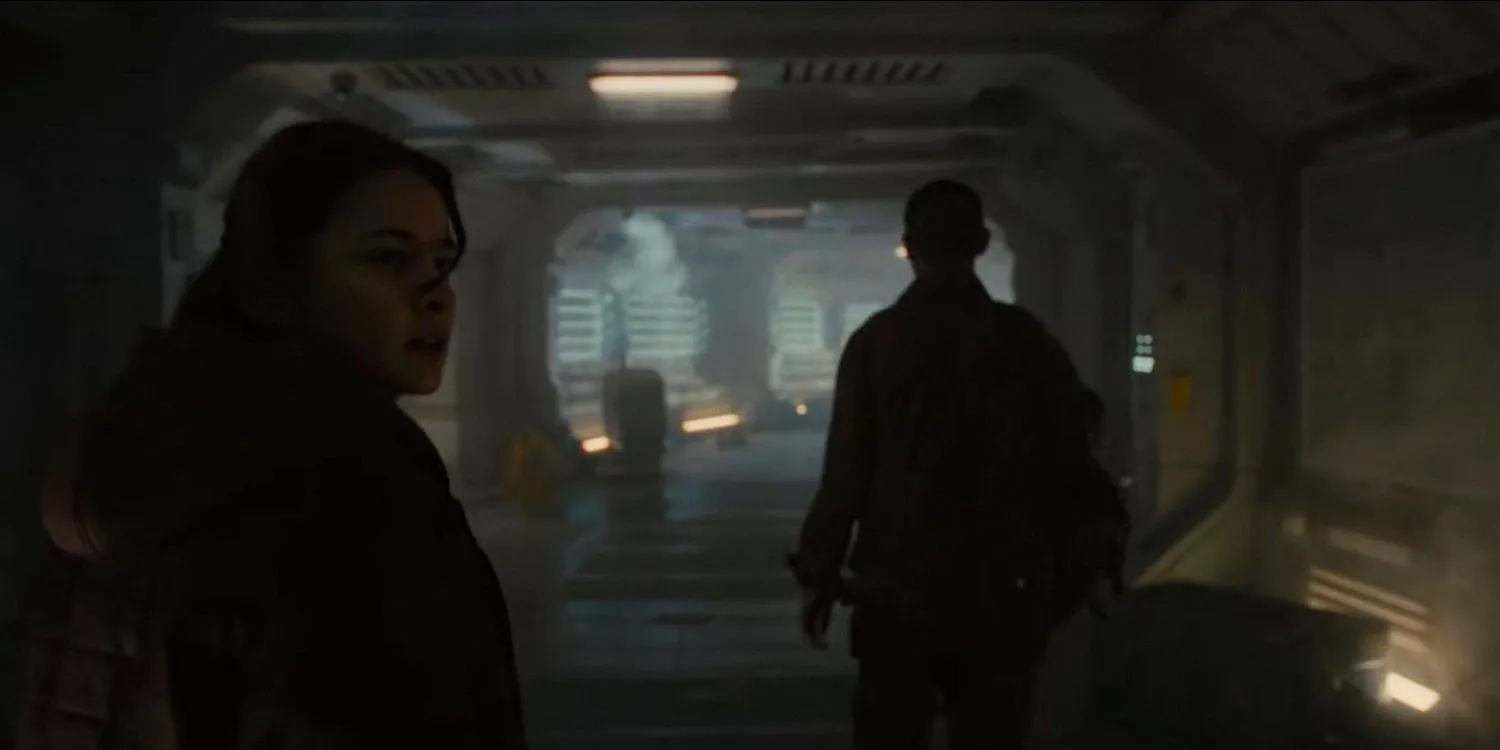
The presence of numerous facehuggers and xenomorphs aboard the Renaissance research station in Alien: Romulus raises a perplexing question: where are the eggs? This film has revitalized the beloved Alien franchise, following several underwhelming sequels, prequels, and spin-offs. Critics and audiences alike herald it as the most impressive installment since the original Alien and Aliens. By merging the tension and horror of Alien with the high-energy action of Aliens, it brilliantly captures the essence of both films.
Traditionally, Alien films revolve around unsuspecting astronauts stumbling upon xenomorphs. In a refreshing twist, Alien: Romulus has its characters examining the fallout from a previous xenomorph onslaught. Their arrival at the Renaissance research station is motivated by the need for cryosleep chambers, only to discover a scene of devastation rather than abandonment; the station has been brutally attacked by xenomorphs. Yet, the absence of any eggs raises the question: how did so many xenomorphs come to be aboard?
The Origins of the Facehuggers Unveiled in Alien: Romulus
Reverse Engineering: How the Renaissance Crew Created Facehuggers

After facing a harrowing encounter with facehuggers, the survivors consult the remnants of the android Rook, portrayed with an eerie resemblance to Ian Holm. The movie’s opening scenes reveal that the crew had recovered “Big Chap,”the iconic xenomorph from the original Alien, after it was discarded into space by Ellen Ripley.
Rook explains that following its recovery, the crew extracted DNA from Big Chap, which they used to 3D-print the facehuggers. Additionally, Rook clarifies the source of the enigmatic black goo. This substance was harvested at a stage in the xenomorph lifecycle crucial for DNA incorporation into developing offspring, effectively maintaining the lore while introducing new elements into the backstory.
How the Renaissance Crew Became the Source of More Xenomorphs
Weyland-Yutani’s Indifference to Employee Safety

The fate of the Renaissance crew goes far beyond mere experimentation. Once their research spiraled out of control, the xenomorphs used these crew members to proliferate their hive. Upon their arrival at the station, Rain and her companions are met with a gruesome sight—the mangled bodies of former crew members. It’s highly plausible that these individuals succumbed to the facehuggers produced from their own research, leading to the emergence of adult xenomorphs aboard.
As the story unfolds, when Rain and her team venture into the hive to rescue a cocooned crew member, they discover numerous humans ensnared within. This chilling revelation underscores how the deadly cycle of facehugger implantation decimated the original crew, ultimately giving rise to a xenomorph epidemic.
The Expansive Renaissance Station: A Playground for Horror and Action
Merging Horror and Action: The Vastness of the Renaissance Station

Director Fede Álvarez skillfully navigates the thriller landscape in Alien: Romulus, combining the atmospheric dread of Ridley Scott’s original with explosive sequences reminiscent of James Cameron’s Aliens. The expansive nature of the Renaissance station fosters a diverse array of threats—from lurking facehuggers to a thriving xenomorph hive.
The detailed narrative about the crew’s engagement with xenomorph DNA and the black goo might initially seem verbose, but it ultimately serves the plot, creating a satisfying payoff that enriches the viewing experience.
Evaluating the Use of Facehuggers and Xenomorphs
Breathing New Life into Facehuggers in Alien: Romulus

Within the vast Alien franchise, it is remarkable how Alien: Romulus manages to present the iconic creatures in innovative ways. The film features groundbreaking scenes never before seen in the franchise, such as exciting zero-gravity confrontations and the unsettling moment of a xenomorph breaking free from its cocoon. However, the introduction of the Offspring in the climax somewhat overshadows the xenomorphs themselves.
The most effective aspect of the film is undeniably the portrayal of facehuggers. Traditionally regarded as mere precursors to xenomorphs, Alien: Romulus elevates them to formidable threats, positioning them at the forefront of some of the film’s most captivating action sequences.
While James Cameron crafted the most thrilling facehugger scene in Aliens, where Ripley and Newt find themselves trapped with a free-ranging facehugger, Alien: Romulus successfully expands upon that foundation, giving these creatures a well-deserved moment in the spotlight.




Leave a Reply